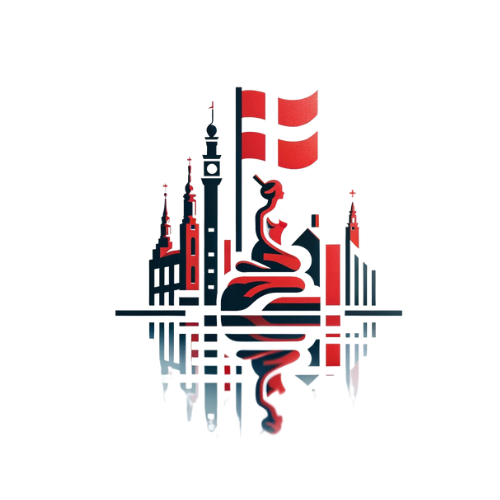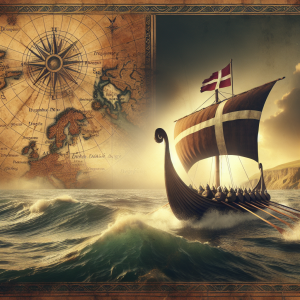As a Danish native, I have had the privilege of growing up in a country where cycling is not just a mode of transportation, but a way of life. Denmark’s cycling culture is deeply ingrained in our history and has remained a defining feature of our society to this day. In this article, I will delve into the historical roots of Danish cycling culture and explore its contemporary relevance in shaping the Danish way of life.
The Historical Roots
The foundation of Denmark’s cycling culture can be traced back to the late 19th century when the bicycle emerged as a popular mode of transportation in Europe. In Denmark, the introduction of the bicycle coincided with the country’s transition from an agrarian society to an industrialized nation. This shift brought about a newfound sense of mobility, enabling people to move freely between rural and urban areas.
One of the earliest manifestations of Danish cycling culture can be seen in the establishment of the Dansk Cyklist Forbund (Danish Cyclists’ Federation) in 1905. This organization played a pivotal role in promoting the benefits of cycling and advocating for the development of cycling infrastructure across the country. As a result, Denmark became one of the first countries in the world to embrace cycling as a legitimate form of transportation.
The Contemporary Landscape
Today, Denmark boasts an extensive network of cycling paths that span across cities and rural areas alike. In fact, cycling is so deeply integrated into Danish society that it is considered a fundamental aspect of our national identity. This is evident in the way cycling is woven into the fabric of everyday life, with people of all ages and backgrounds relying on bicycles as their primary mode of getting around.
One of the most iconic symbols of Danish cycling culture is the “Copenhagen Wheel,” a term used to describe the sight of thousands of bicycles weaving through the streets of Copenhagen. This vibrant and bustling city has embraced cycling as a central tenet of urban planning, with dedicated bike lanes, bike traffic lights, and bike parking facilities making it a haven for cyclists.
The Benefits of Cycling
The prevalence of cycling in Denmark is not solely a product of tradition, but also a reflection of the myriad benefits it offers. For one, cycling promotes a healthier and more active lifestyle, contributing to Denmark’s reputation as one of the healthiest nations in the world. Additionally, cycling is an environmentally-friendly mode of transportation, aligning with Denmark’s commitment to sustainability and eco-conscious living.
- Fitness and Health: Cycling promotes physical fitness and overall well-being, making it an integral part of Denmark’s health-conscious culture.
- Sustainability: By opting for bicycles over cars, Danes help reduce carbon emissions and mitigate the impact of climate change.
The Future of Danish Cycling Culture
As Denmark continues to prioritize cycling as a central component of urban planning and sustainable living, the future of Danish cycling culture is set to evolve further. With the emergence of e-bikes and innovative cycling technologies, the traditional landscape of Danish cycling is being augmented by modern advancements, ensuring that the culture remains relevant and accessible to a new generation.
Furthermore, initiatives such as “Super Cycle Highways” are being implemented to provide seamless and safe cycling routes between cities, further solidifying Denmark’s reputation as a cyclist-friendly nation.
Conclusion
Denmark’s cycling culture is a reflection of our nation’s commitment to tradition, innovation, and sustainability. The historical roots of Danish cycling lay the groundwork for a modern landscape where cycling is not just a mode of transportation, but a way of life. As a Dane, I am proud to be part of a culture that celebrates and embraces the bicycle as a symbol of freedom, health, and environmental stewardship.
In a world where transportation habits are undergoing significant shifts, Denmark’s cycling culture provides a blueprint for how a nation can integrate tradition and modernity to shape a vibrant and sustainable way of life.




